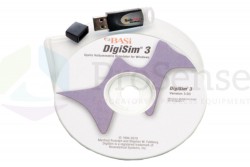KISSA-1D Electrochemistry Simulation Software

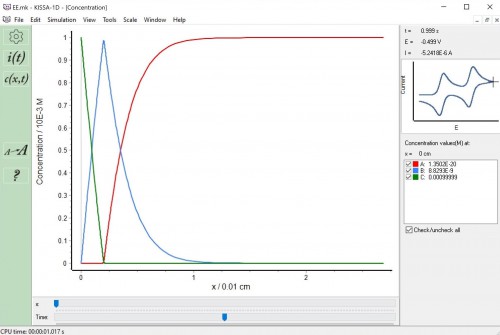
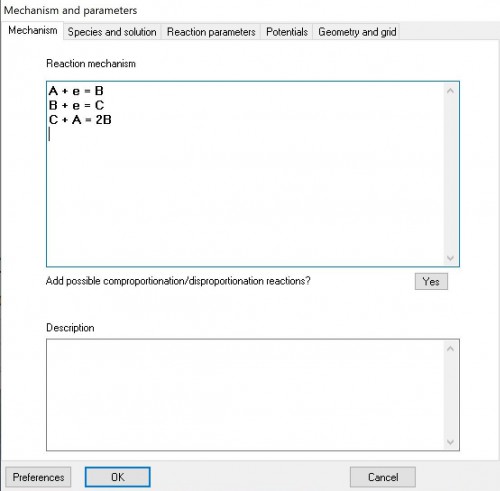
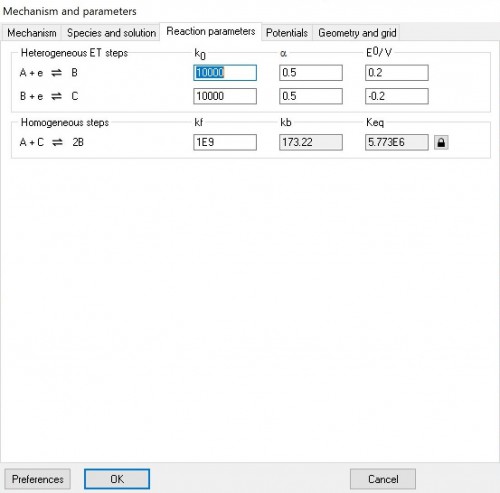
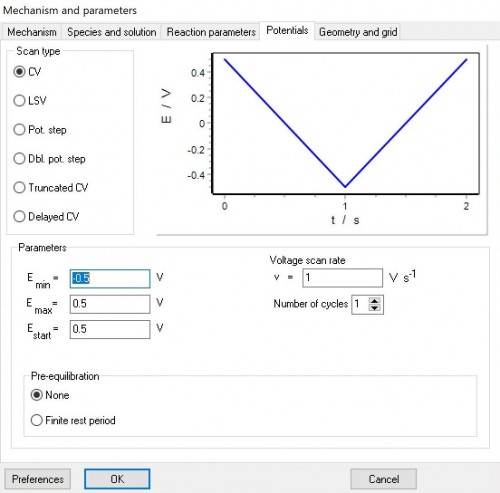





QVEF1669
KISSA-1D Electrochemistry Simulation Software
KISSA-1D Electrochemistry Simulation Software
| Product number | QVEF1669 |
| OEM reference | EF-1669 |
Cyclic voltammetry can readily provide qualitative information about the stability of the oxidation states and the electron transfer kinetics of a redox system. However, quantitative studies using cyclic voltammetry (e.g., mechanistic investigations) are more difficult and typically require the use of simulation software. Several methods have been developed for the simulation of cyclic voltammograms. Of these methods, the fast implicit finite difference method has been shown to be the most efficient, stable, and accurate, and this method is used for the KISSA-1D© simulation software from BASi®.
Bioanalytical Systems, Inc. is a licensed distributor of KISSA-1D©. KISSA-1D© is copyright of Oleksiy Klymenko, Irina Svir, and Christian Amatore.
Bioanalytical Systems, Inc. is a licensed distributor of KISSA-1D©. KISSA-1D© is copyright of Oleksiy Klymenko, Irina Svir, and Christian Amatore.
Computational Results Available
Program Interface
The Computational Strategy
Computer Requirements
- electrochemical currents (CV, LSV, chronoamperometry, double potential step, etc.)
- concentration distributions of all species
- surface coverage of adsorbed species
- intensity of electrochemiluminescence (ECL) emission
- electrode geometries: planar, (hemi)sphere, and (hemi)cylinder
- heterogeneous electron transfer (ET) steps
- homogeneous chemical reactions of any order
- kinetically controlled adsorption-desorption (Langmuir isotherm)
- ET and reactions between species in the adsorbed state
- reactions between adsorbed and solution species
- reactions leading to electrochemiluminescence (ECL)
- natural convection limiting the extent of the diffusion layer
- system pre‐equilibration that takes into account finite duration of the pre‐equilibration period and finite reaction rates; this yields realistic and consistent initial conditions at the beginning of the voltammetric scan unlike thermodynamic pre‐equilibration throughout the solution volume as implemented in some other programs.
Program Interface
- convenient entry of a reaction mechanism and parameters
- graphical output of computed currents, concentration distributions, surface coverages and ECL intensity
- export of simulation results into a file
- import of experimental electrochemical currents for comparison with simulation
- printing of all graphics
The Computational Strategy
- a novel algorithm for automatic adaptation of the computational grid using a kinetic criterion for cases of fast homogeneous kinetics (and possibly travelling reaction fronts)
- use of conformal or quasi‐conformal coordinate transforms for adequate tracking of diffusional propagation and resolution of edge effects at microelectrodes
Computer Requirements
- Operating system of Windows XP, Vista, 7, 8, or 10 is required
- USB port


